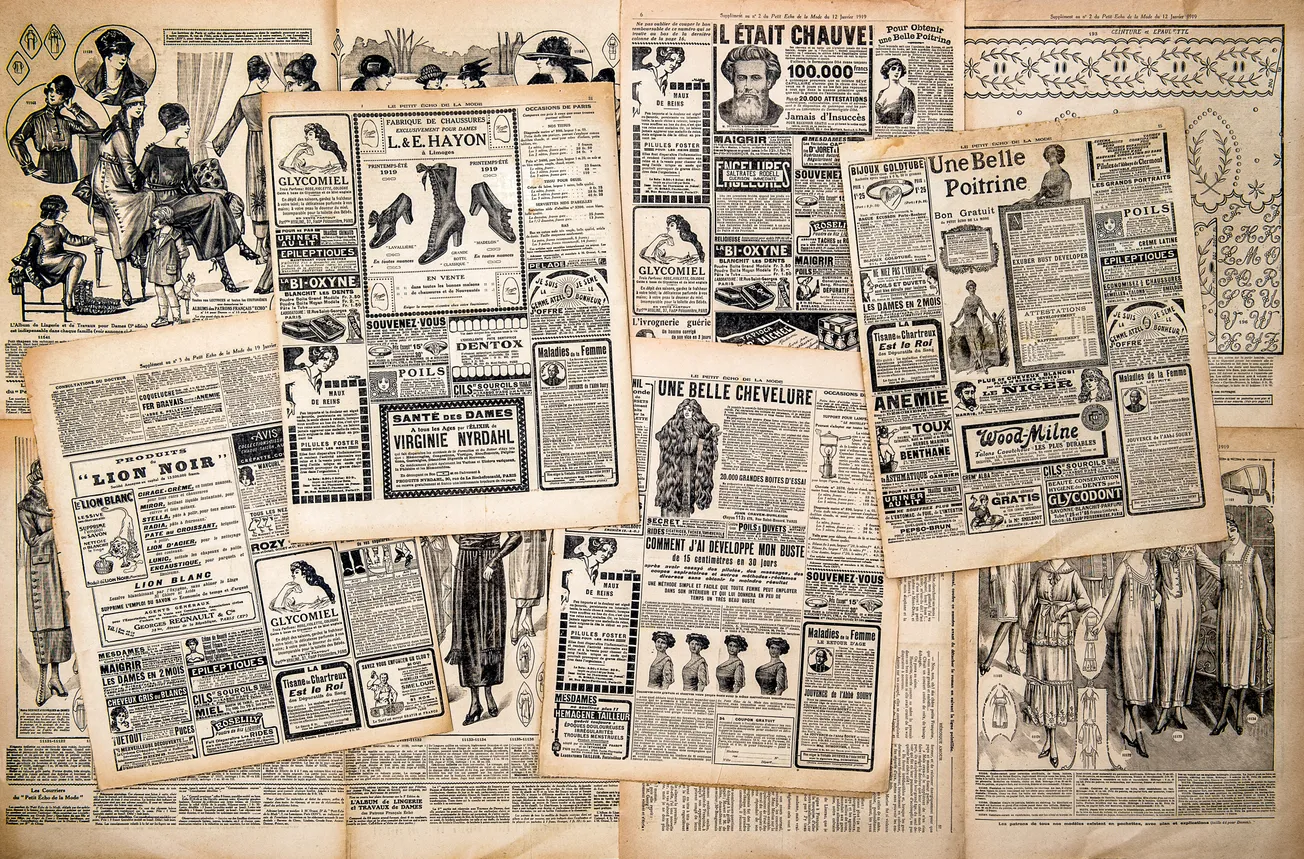Forget the kitchen sink: retailers are going big ticket and pushing into the new car sales market.
Amazon’s partnership with Hyundai, marked by the launch of the Amazon Autos platform, allows customers to browse, order, finance, and schedule pickups for Hyundai vehicles directly through Amazon’s platform, offering a seamless digital experience.
Although initially focused on Hyundai vehicles, Amazon plans to expand the platform to include other brands and dealerships, indicating its ambition to become a major player in automotive retail.
While Amazon itself does not provide financing, it facilitates the process by connecting buyers with local dealerships that offer tailored financing solutions.
This venture highlights Amazon’s strategy to leverage its expertise in e-commerce to enter a traditionally dealership-dominated market. By prioritizing customer convenience and transparency, Amazon aims to address long-standing pain points in the car-buying process.
The Rise of Digital-First Automotive Platforms
Digital platforms have fundamentally altered the dynamics of dealership competition by removing traditional geographic constraints. Online listings and virtual showrooms allow consumers to browse and compare options from dealerships across the country. This increased transparency has driven dealerships to adopt competitive pricing and enhanced customer service.
Companies like eBay Motors and Carvana also challenge dealerships in digital automotive retail.
eBay Motors, launched in 2000, was an early pioneer, offering a marketplace for individuals and dealers to buy and sell new and used vehicles. Its features, including vehicle history reports and buyer protection programs, set the stage for future digital innovations.
Carvana, founded in 2012, has taken the online car-buying experience further by offering end-to-end solutions, from browsing and financing to home delivery.
With its signature car vending machines and a seven-day return policy, Carvana has captured approximately 2% of the U.S. used car market. The platform’s focus on convenience and transparency has resonated with consumers, driving its rapid growth.
Dealerships are also embracing digital retailing tools to streamline operations and improve profitability. Platforms like WebBuy enable seamless online transactions, often yielding higher profits than traditional sales methods.
Walmart’s Play: Financing for Automotive Sales
Walmart has also ventured into the automotive market, utilizing its partnership with CarSaver to provide customers with a comprehensive car-buying service.
This program, which operates through kiosks in select Walmart Supercenters and online, offers financing options through partnerships with financial institutions like Ally Financial.
Ally’s involvement ensures that Walmart customers and associates can access favorable financing terms, with an impressive 88% loan approval rate for Walmart employees.
The CarSaver program integrates financing, leasing, and insurance options, making it a one-stop shop for car buyers.
Walmart has reported significant savings for customers—averaging $3,500 off sticker prices—through no-haggle pricing and dealer incentives. This initiative underscores Walmart’s ability to leverage its retail presence and partnerships to deliver value to a broad customer base.
The DTC Angle
Furthermore, the success of direct-to-consumer models, such as Tesla’s, has prompted some manufacturers to bypass traditional dealerships altogether. For example, Scout Motors has announced plans to sell its electric vehicles directly to consumers, challenging the traditional dealership model.
The automotive retail industry is undergoing significant transformation, driven by the efforts of retail giants like Amazon and Walmart alongside digital disruptors such as Carvana and eBay Motors.
New vs. Used Car Markets
Retailers have examined both new-car partnerships and financing for used vehicles. New vehicles offer higher profit margins and are often supported by manufacturer incentives, making them attractive to retailers. These sales also provide more control over inventory and customization options, enhancing the customer experience.
In contrast, the used car market appeals to budget-conscious buyers and offers more affordable options. However, it poses challenges such as variable vehicle conditions, higher reconditioning costs, and lower financing incentives. Retailers must invest in quality assurance to maintain consumer trust, which can erode margins.accessibility of used cars, which remain a crucial segment of the automotive market.
As the lines between digital and physical retail continue to blur, these initiatives highlight a broader trend toward integrating automotive retail into established e-commerce platforms, offering consumers unprecedented convenience, transparency, and choice.








